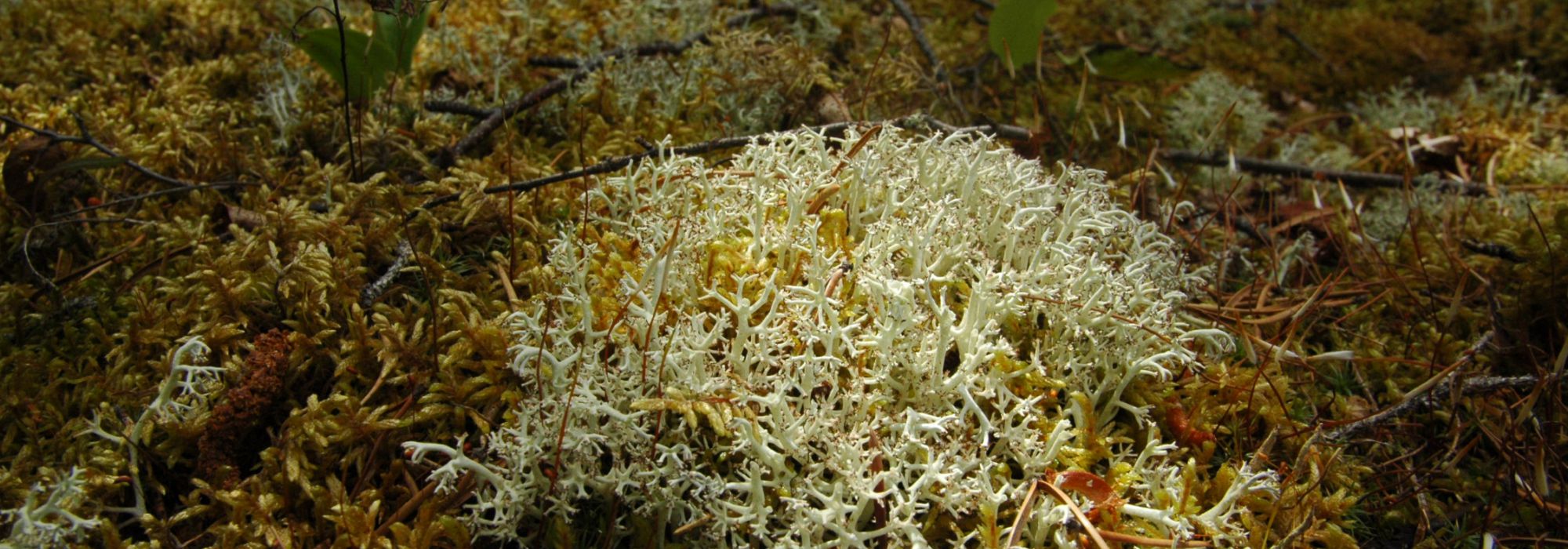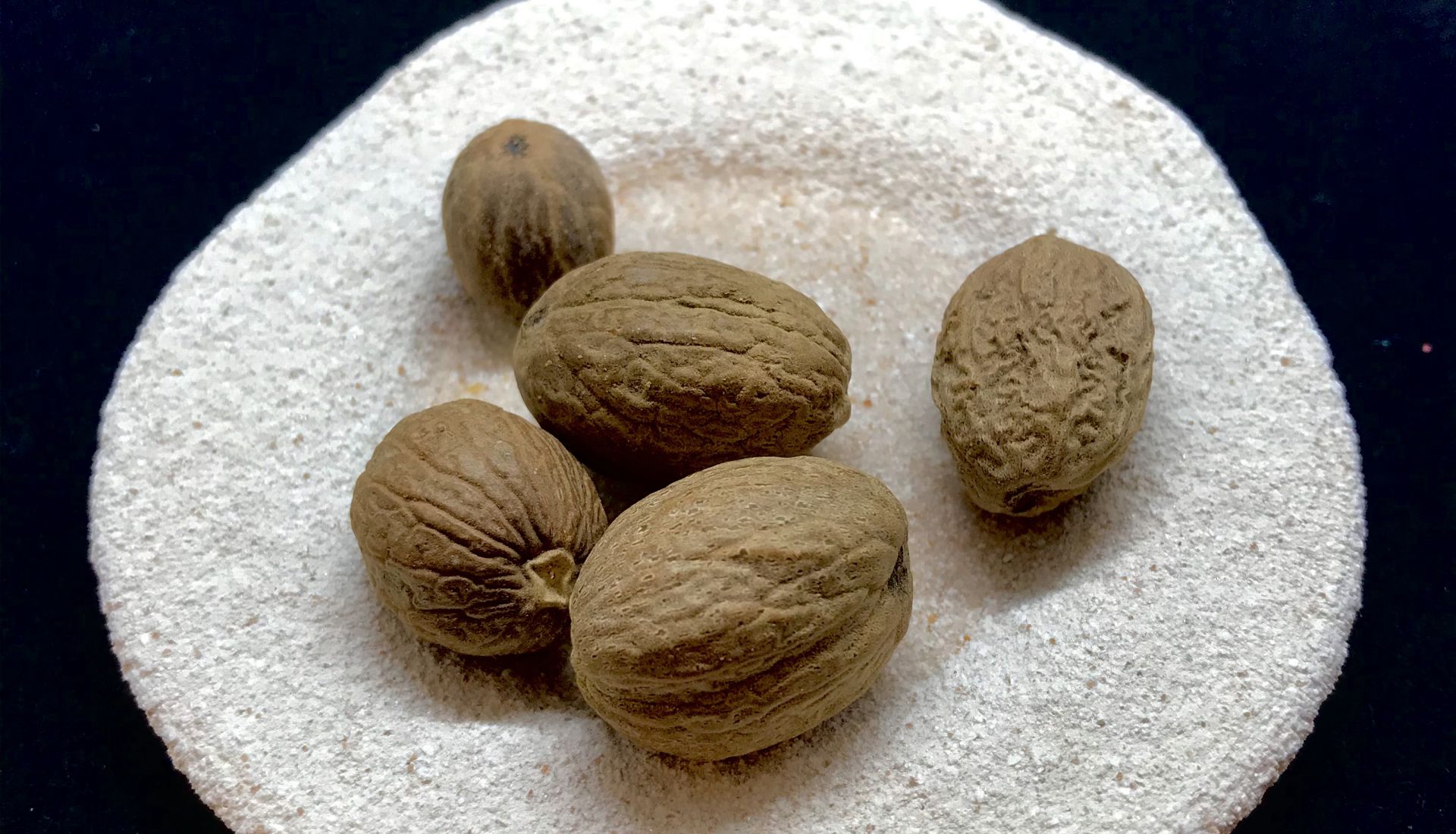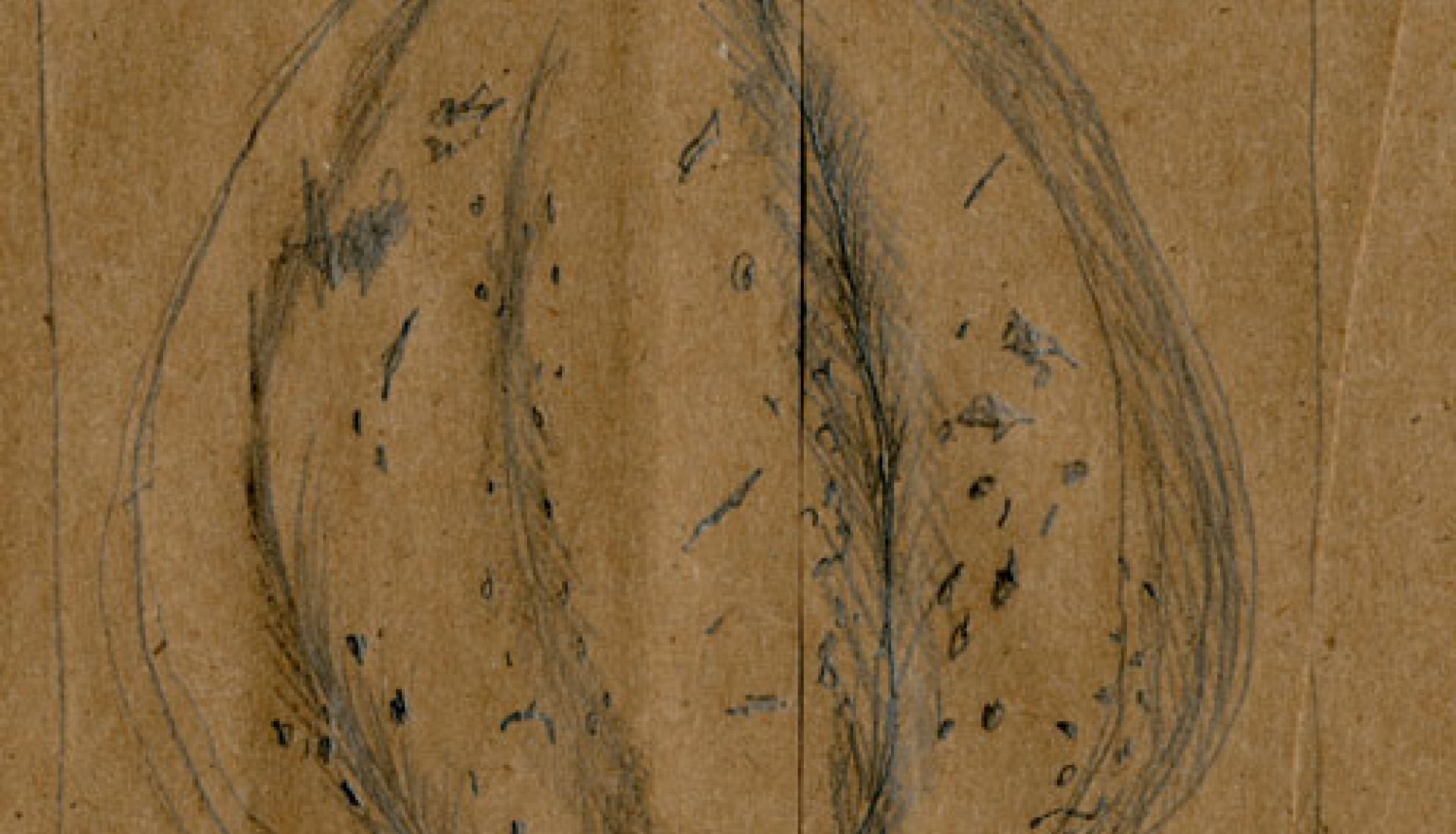We need stories. Stories are needed to see things. Being brought up among plantation forests in Scotland and the north of England, I remember well how dark and forbidding they could be. Made up mainly of Norway and Sitka Spruce, highly prone to wind blow, it seemed few things could live with them. Walking through forests would on occasion reveal deserted and ruined crofts or farmhouses long abandoned which had been planted completely around during the aggressive phase of forestry planting in the 20th century when much marginal hill farming land was bought up when land prices were low. Such plantations might be seen as temporally and geographically particular examples of socio-natures, we might think of other examples like oil palm, wheat, rubber, sugar, eucalyptus. Some have suggested we call our times an era of plantations – the plantationocene – as it better describes how capital, colonialism, race, link with ecological degradation than terms like the anthropocene. I spent a year or so planting trees in plantations in places where such trees should never have been considered; spruce forests had long left me cold.
Yet, in a particular hot June, close to the summer equinox, on the north shore of the St. Lawrence in Quebec I have found myself walking through rich spruce, birch, aspen and balsam fir forests finding myself both bewitched and becoming uncomfortably covered in fine web like threads. For at this time, in the past few years, the eastern spruce budworm (Choristoneura fumiferana) caterpillar hangs by long threads from trees, after having consumed its fill of spruce or fir leaves, at just a height to be walked into. These budworm outbreaks have been found to be ongoing for at least five centuries, occurring every 30-40 years, lasting up to 15 years. They are what might be called by forest ecologists a form of disturbance to a forest system - yet they are themselves part of that system. Storms, fire, fungal outbreaks, and the harvesting of wood are also regarded as forms of disturbance. Harvesting might be done with axes, saws, and horses, or chainsaws. Or it might be done by the 24 hour harvesting machines seen today in Quebec that might cut 100 spruce trees an hour for pulp that often goes to make nothing more spectacular than toilet paper.
Around the same place we might catch a glimpse of the bright red crest of the largest woodpecker, and excavator of the deepest cavities in live, dead and aged trees, in North America - the pileated woodpecker. These holes may subsequently be used by over 20 different birds and small mammals. Pileated woodpeckers also seem to be the only woodpecker that bore for insects into the heartwood of trees and thus may encourage fungal and insect infection and decay of this wood, co-creating future nesting and foraging sites for themselves and other creatures. Carpenter ants are a preferred food. Small mammals that then use the woodpeckers old nest cavities engage in foraging of seeds where not all get eaten, leading to more new seedlings germinating in wider spaces. Mice and squirrels may also forage for subterranean mushrooms, distributing fungal spores, and helping spread more diverse micorrhizal fungi which aids adaption of the forest in times of stress. Woodpeckers seem to be particularly important in North American forests for their hole making - take away the old, senescent and dead trees they prefer – as forestry practices often do - and the assemblages they co-create are reduced, transforming the forest form.
Forest ecologists increasingly analyse forests as Complex Adaptive Systems (CAS) characterised by nonlinear relations, radical openness, nested systems, memory, uncertainty, and heterogeneity – characteristics with affinities to Dempster’s sympoiesis. Network analysis is a favoured approach, though one that extends focus beyond just food webs to broader species relations and interdependencies.
If the small mammal – bird – tree – fungi network can generally be seen as one important network of many North American forests, then the recent focus on micorrhizal fungi – tree networks is another that has travelled far. Within these networks we are told of mutualistic entanglements that go back to the very beginnings of the move of plants from oceans and are being found to dominate in nearly all terrestrial ecosystems. Here, fungi inoculate tree and plant roots becoming massive extensions of their root systems, exchanging fungal foraged nutrients for carbohydrates from tree photosynthesis, whilst also aiding seedling growth and survival, and plant defence chemistry. Micorrhizae also facilitate exchanges between different species of plants and trees. Spruce and fir trees dying from years of defoliation by spruce budworm might well discharge nutrients through micorrhizal networks to aid their seedling kin, or other trees species. We might find other stories of networks that make up forests, like fungi – soil – insect networks responsible for decomposing deadwood and making soils. A forest is far more than its trees.
Such network approaches are relational stories of forests in contradictory times of temperature rises, massive deforestations, but also forest bathing and forest love, as well as plantations that seemingly endlessly replace diverse forests. It is Vinciane Despret whom has argued stories are needed to see things. Such systems theories that emphasise seemingly symbiotic entanglements are one way of storying, full of practices of world-making. Like many forms of systems thinking emerging from the sciences, there is a weakness in their attempts to integrate the social, especially in terms of history, colonialism, and the political in favour of managerialism. The collective productions of sympoiesis are stories not yet written, they would have to include the diversity of humanity and their political ecological practices in such landscapes as forests and how to engage in practices of world-making that focus anew on co-producing human and nonhuman flourishing, the very opposite of plantations everywhere.
References
1 Donna Haraway, 2015, 'Anthropocene, Capitalocene, Plantationocene, Chthulucene: Making Kin’, Environmental Humanities, 6: 159-165.
2 'Coming home to roost: the pileated woodpecker as ecosystem engineer’ PNW Science Findings, 57, October 2003, Online at:https://www.fs.fed.us/pnw/sciencef/scifi57.pdf - Pileated woodpecker behaviour does vary geographically.
3 Suzanne Simard et al. (2013) Meta-networks of fungi, fauna and flora as agents of complex adaptive systems, in C. Messier, K. J. Puettmann, and K. D. Coates, eds. Managing forests as complex adaptive systems: building resilience to the challenge of global change. Routledge, New York.
4 Chris Maser et al. (2008) Trees, Truffles, and Beasts: How forests function, New Brunswick: Rutgers University Press. 103
5 Elise Filotas et al. 2014. 'Viewing forests through the lens of complex systems science'. Ecosphere 5(1):1.
6 Suzanne Simard et al., 2013.
7 MA Gorzelak et al. 2015. 'Inter-plant communication through mycorrhizal networks mediates complex adaptive behaviour in plant communities'. AoB PLANTS 7: plv050; doi:10.1093/aobpla/plv050
8 Brett Buchanan et al. 2015, ‘On Asking the Right Questions: An interview with Vinciane Despret’, Angelaki 20 (2): 165 – 177.



